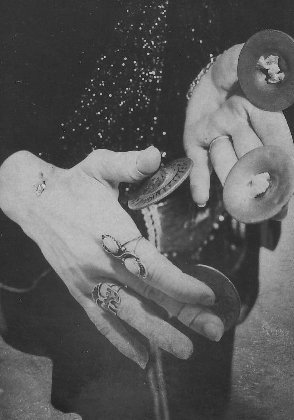A (very) Brief Overview of Movement
(This is just a brief overview of the underlying foundation of movement. You’ll find more in-depth articles on movement on the Prima Beladi website: “A Circle is a Circle is a Circle” and “Angles, Circles and Lines”. )
Beginning in 1976 I began performing and teaching American danse orientale, or as it was then called, American bellydance. While dancing and teaching, I began to analyze movement carefully (which is also what led me to understand I was not doing bellydance, but a form of derivative dance. See article Examining Dance Forms to Define What You Do at Prima Beladi website). No matter how many dancers I watched, or how many dances I studied, I realized that human movement has physical laws, and these determine everything we can present on stage. And understanding the mechanics of movement is necessary for any dancer or teacher.
Some people will protest, saying it doesn’t matter, but understanding movement is important for any dancer, troupe or company, both to facilitate ease of written choreography and how fast dancers learn movements. It also does away with the use of imaginative, cutesy names for movements and can result in a shared vocabulary of movement amongst dancers in alternative forms, instead of dancers having to relearn vocabulary if they change troupes, regions or teachers.
For example: Snake arms. Wavy arms. Arm ripples. Persian arms. Classic arms. Wind arms.
These are all terms used for a single specific arm movement. But the actual physical movement is simply an articulation of the arm, beginning with joint action at the shoulder, moving to the elbow, then the wrist and finally fingers, then reversing the articulation from fingers to wrist to elbow to shoulder. It could be one arm or two arms, done together or alternating. It could be done to the side or front or the body. It could be executed on a diagonal line, forward, to the side, or one arm to the front and one to the side and so on. But it is still an articulation of the arms.
Thinking about the mechanics of the body doesn’t detract from the emotional presentation of your dance- it can enhance it and help you learn to complete a movement.
So what are some of the common terms that shape all other movements?
Levels: high, middle or low
Planes (of movement): vertical, horizontal, diagonal
Circles: Pretty self-explanatory. Can be a half circle or 3/4 or whole. Can take place almost anywhere on the body, including head and neck, shoulders, arms, torso, pelvic region, legs, or feet. Can be horizontal, vertical or diagonal. Can be executed on different levels.
Lines: a linear movement. Can be vertical, horizontal and diagonal. Can take place on high, middle or low levels. A line can bend in an arc- that’s a curve.
Articulations: a progressive movement of joints. Can take place in the arms, torso, pelvis or legs.
Lemniscates: the Figure 8, or Infinity sign. Can be executed on different levels, planes. Done with arms, ribs, pelvis, head and neck, leg movements.
Flowing: a movement that is smooth and continuous, or shows little to no staccato or sharp action or articulation.
Staccato: each movement is sharp and separate from other movements. Seen in shimmies. Also seen in alternative dance incorporating popping and locking.
Soft: gentle movements
Sharp: sudden, abrupt action
All these terms deal with the mechanical, physical movements in dance. Using them as the underlying, most basic foundation of vocabulary and movement definitions, it can lead to a simple, easy to learn movement dictionary (see the Prima Beladi Handbook of Movement ™ © 1983)
If you take time to see how your body is moving in space, it will help you understand what you are doing with your body, how you can make movements look better and be more complete; it will also help your troupe or company design better group choreography.
©2023

